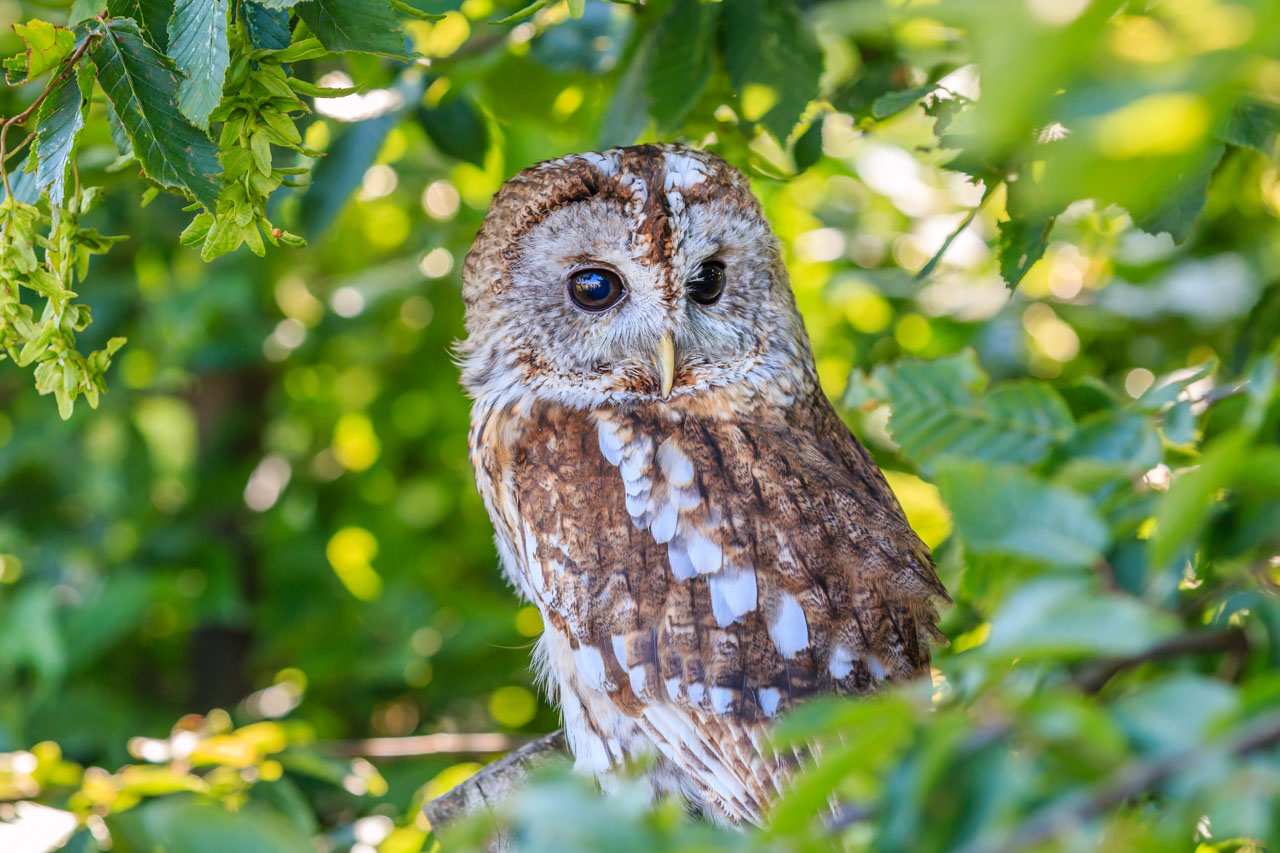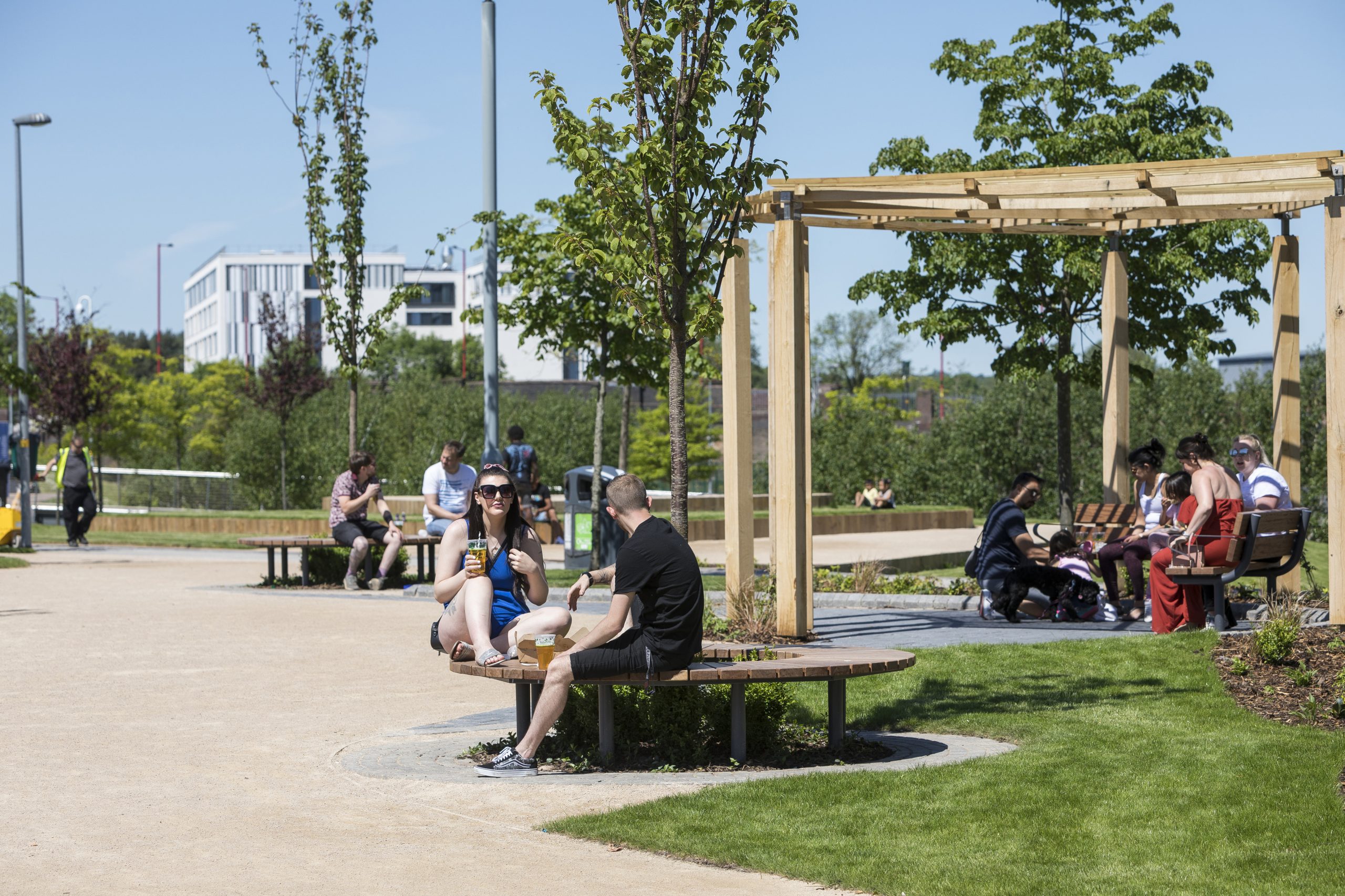Longbridge Trail
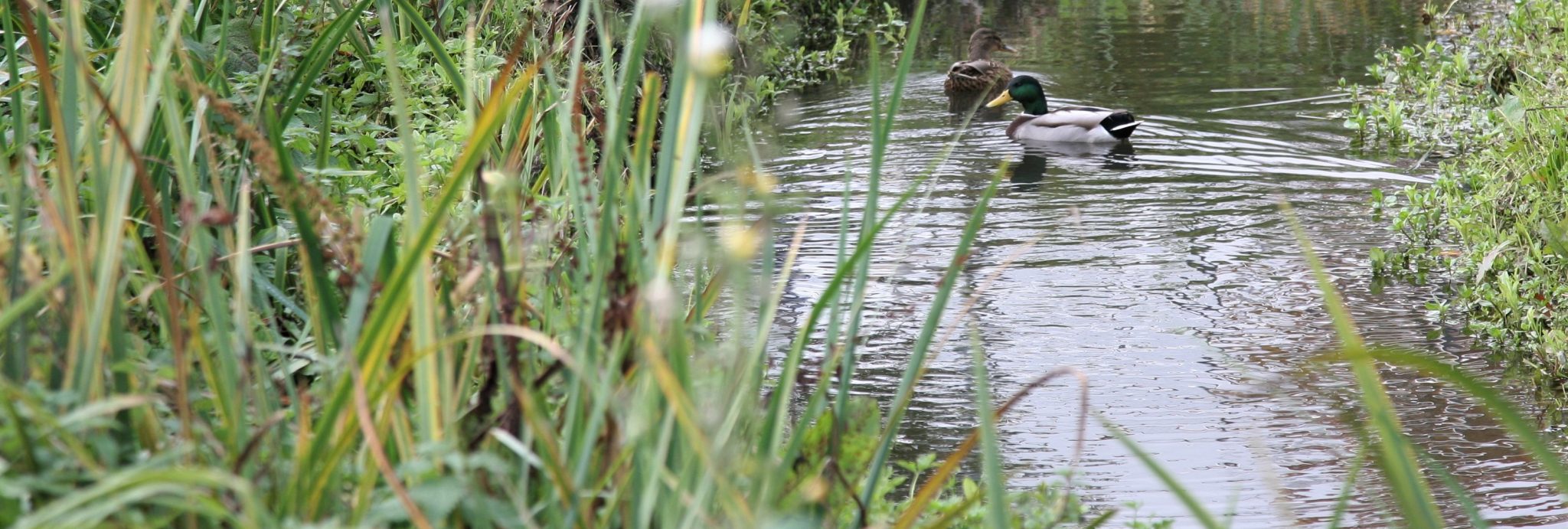
The River Rea was once a narrow canalised watercourse, buried amongst the old factory site. The regeneration of West Works has seen the transformation of the watercourse into a naturalised river corridor to become part of the parkland you see in front of you.
The new river corridor meanders along the southern boundary of the development with access along the northern side. The edges of the river have been planted with wildflower grassland, trees and hedgerows to benefit biodiversity and to reintroduce a landscape into an area that for so long has been an area of industry.
The various ponds around the site form part of the sustainable drainage system, which will hold back water as part of the water management system, and provide a habitat for wildlife around the park.
Higher up the banks a community orchard has been planted and will grow over time to produce apples, pears and plums. This not only provides food for birds and other wildlife, but also for the local community. The aim is that the park becomes a haven for wildlife as well as a beautiful open space for recreation for the local community and its visitors to enjoy.
Follow the shared footpath and cycle track that runs along the edge of the river corridor and links Longbridge Town Centre to Rubery Lane. Feel free to try the gym equipment you will come across and enjoy the play areas you will find on the trail.
By continuing along this path you will enter the woodland, a perfect setting for the nature trail. Look out for nature sculptures hidden on the path, alongside the birds, bees, mammals and insects along the River Rea.
Alder
There are over 30 species of Alder which can be found across the northern hemisphere.
The most common species in Europe is the Common Alder, also called Black Alder. They can grow up to 30m tall, and can live around 150 years. It is the most common tree in wetland forests so is often found growing in narrow bands alongside rivers.
Their roots can form special relationships with nitrogen fixing bacteria called Frankia alni, this allows them to add nitrogen to their surrounding soils to help them grow quickly and strongly. Alder is a monoecious species of tree, meaning each tree bears both male and female flowers.
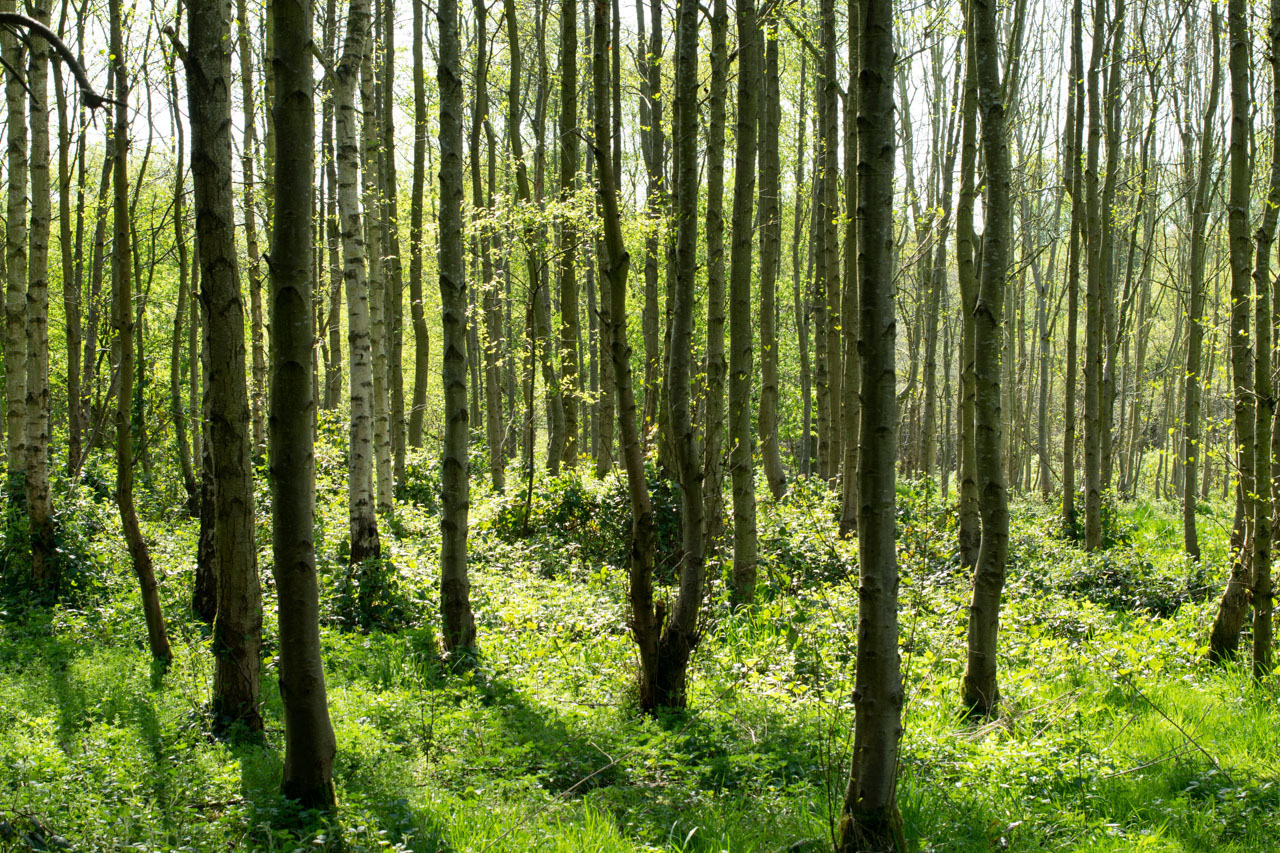
Butterfly
There are many species of butterfly that can be found in the Longbridge Business Park area.
Some species live in the UK all year round while other species migrate. One species that migrates which you may see is the Painted Lady butterfly (top image) which migrates to the UK from north Africa, up to 2,500 miles, to find food. Their caterpillars’ favourite food is thistles.
A small hedgerow butterfly you might find is the Gatekeeper butterfly, also called a Gate (middle image). It is golden brown, and forms colonies ranging in size from a few dozen to several thousand.
Finally, is the Small Tortoiseshell (bottom image), a butterfly that can be found all the way from city centres to mountaintops. You may even find them hibernating in a shed, garage, or even your house. The favourite food for tortoiseshell caterpillars is nettles.
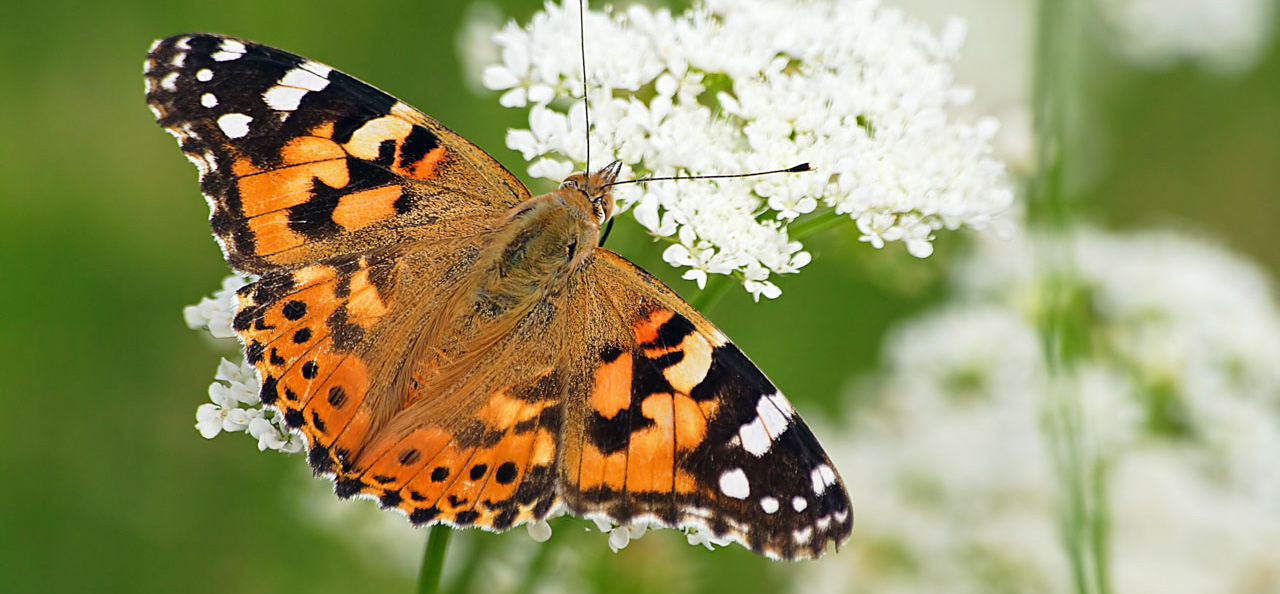
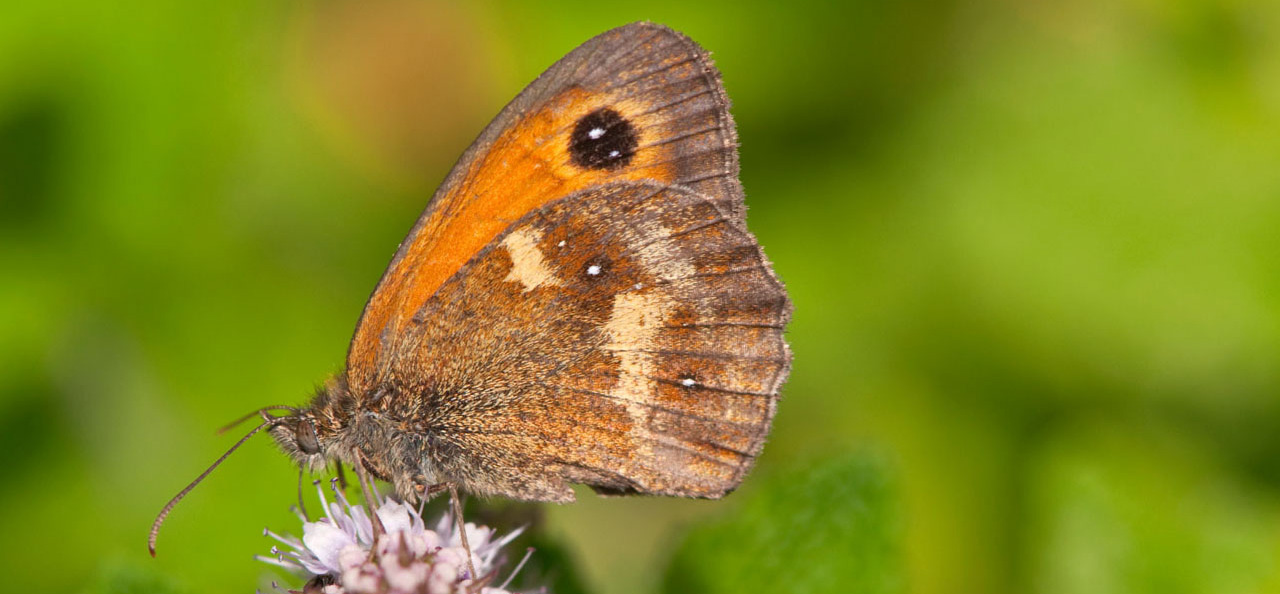
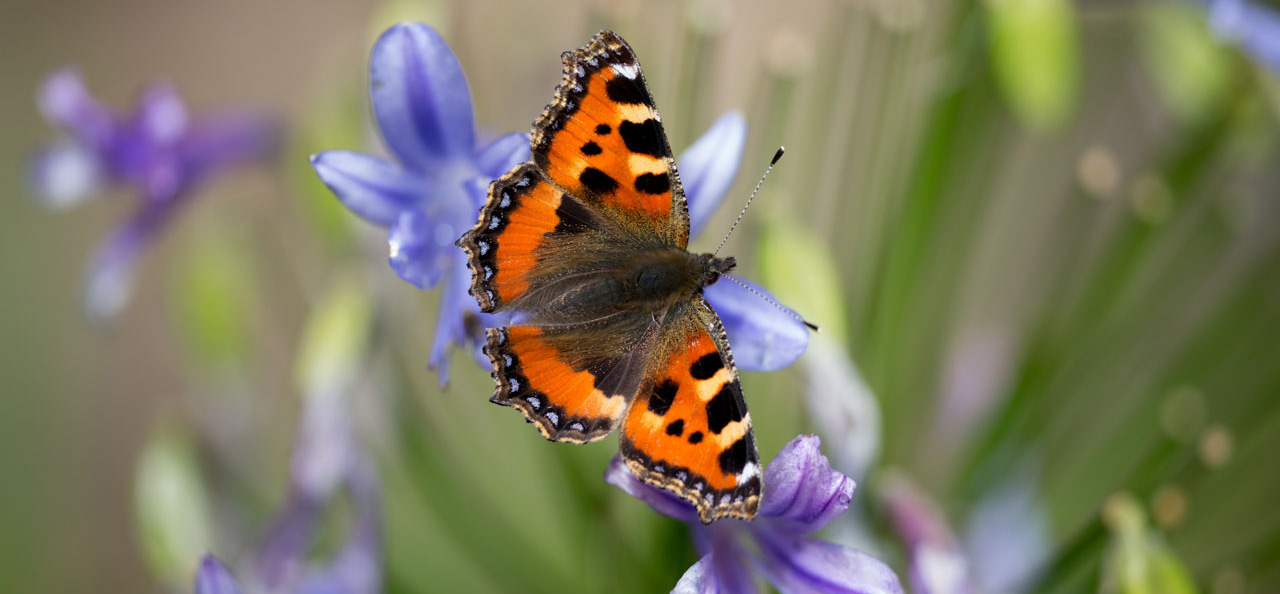
Sycamore
The Sycamore, native to central and southern Europe, was possibly introduced to Britain sometime in the 15th or 16th century and has become naturalised.
They can grow up to 35m, and live between 400 to 500 years. It is a member of the Maple family and has the typical 5 lobed leaf and winged seeds, often called spinning-jennys or helicopters which spin as they fall.
The wood of Sycamore was commonly used to make kitchen items and toys, and was also the main choice for Welsh love spoons; traditional carved gifts.
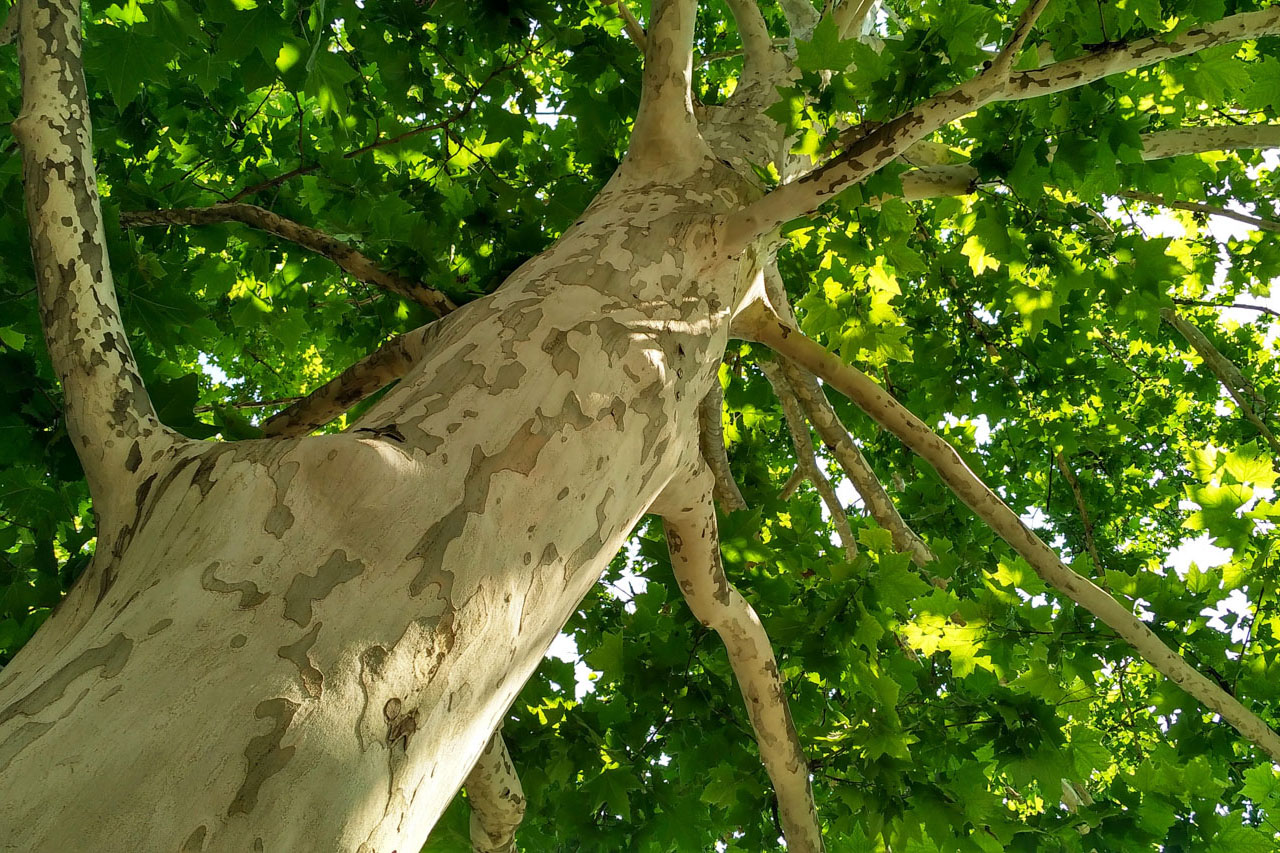
Goat Willow
Goat willow occurs throughout Europe, from Britain and Ireland eastwards to Russia, and from northern Scandinavia to the Mediterranean.
It is relatively small in size, typically growing to a maximum height of 12m, it also occurs as a multi-stemmed shrub, and can live up to 300 years. Goat Willow is a dioecious species, so individual trees are either male or female, and their flowers are called catkins.
The male flowers are oval and initially covered in fine grey hairs, said to resemble the paws of a cat, whilst the female flowers are green and are larger than the males, being up to 7cm long.
Goat Willow is somewhat unusual as it is pollinated by both the wind and flying insects, with Bumblebees (Bombus spp.) being the main insect pollinators. Like most other species of willow if a branch comes into contact with the ground, it will take root and grow another tree.
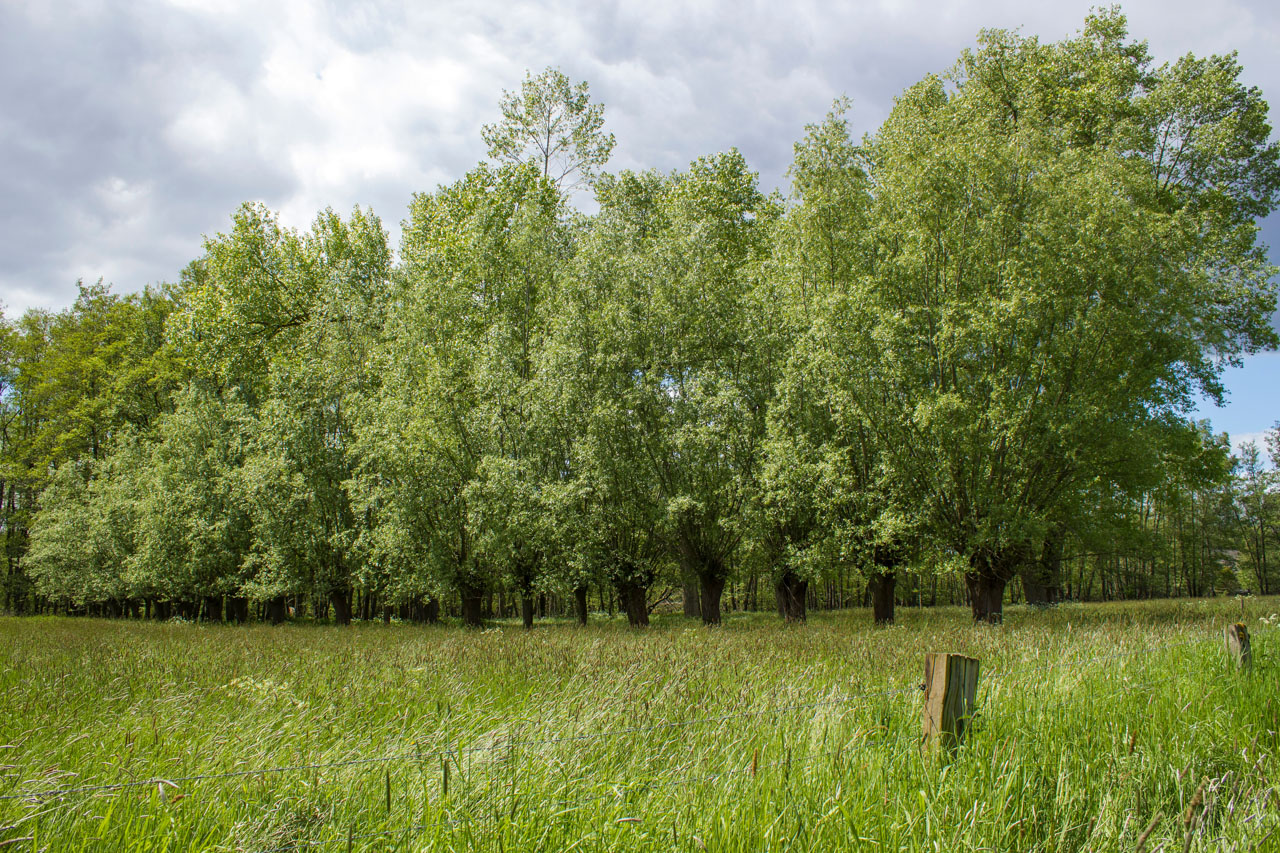
Scots Pine
The Scots pine is the most widely distributed conifer tree in the world, and can grow to 36m in height, if in good condition, and can live to be 250-300 years old.
The oldest tree discovered was found to be 520 years old. It is the national tree of Scotland and was widely planted on old farm fields at the turn of the century as it is known to tolerate poor, dry soil. Scots pines have both male and female flowers on the same tree which are pollinated by wind.
A flower will take two years to become a fully-grown cone, a mature tree in a good season can produce up to 3,000 cones every 3 to 5 years, and its seeds can be carried by wind as far as 50 to 100m from the parent tree.
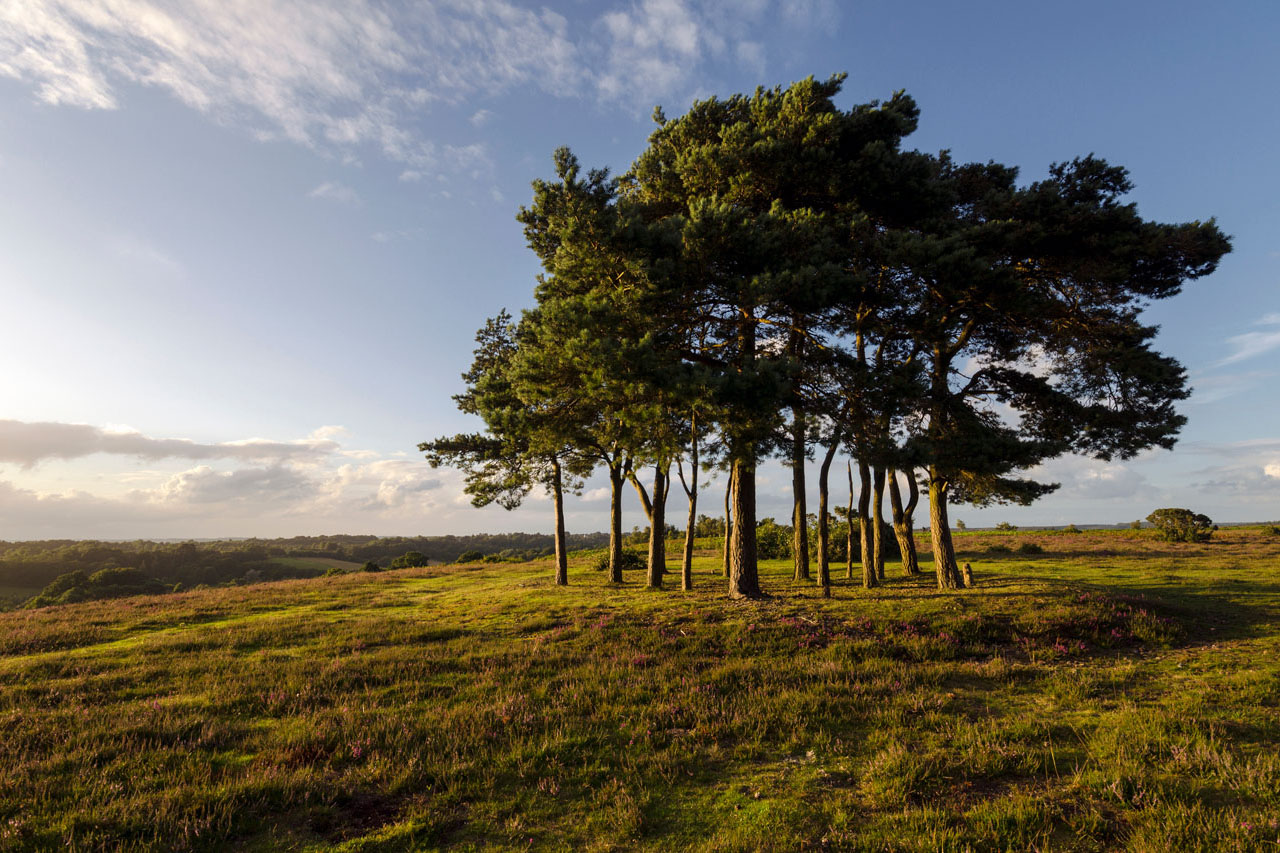
Oak
Sessile or Durmast Oak and Pedunculate or Common Oak have a similar distribution, occurring throughout most of Europe, from southern Scandinavia to the Mediterranean, and from Ireland and western Scotland to the Ural Mountains in Russia.
There are around 450 species of Oak described worldwide, with 25 being native to Europe, and Sessile and Pedunculate having the broadest distribution. Oaks are members of the Beech family, Fagaceae, and are long-lived trees which grow relatively slowly. Both Pedunculate and Sessile Oak are large trees reaching up to 40m in height.
They regularly live to be 500 years old, but individuals of 1,000 years old are known. A large number of insects and other invertebrates feed upon Oaks, because of this many of their leaves can be tattered and have numerous holes in them by late July. To solve this Oaks then produce a new flush of leaves, especially on young trees; this is called lammas growth. An Oak will produce its first acorns when it is 40 to 50 years old, with a mature tree producing up to 50,000 acorns during a good year.
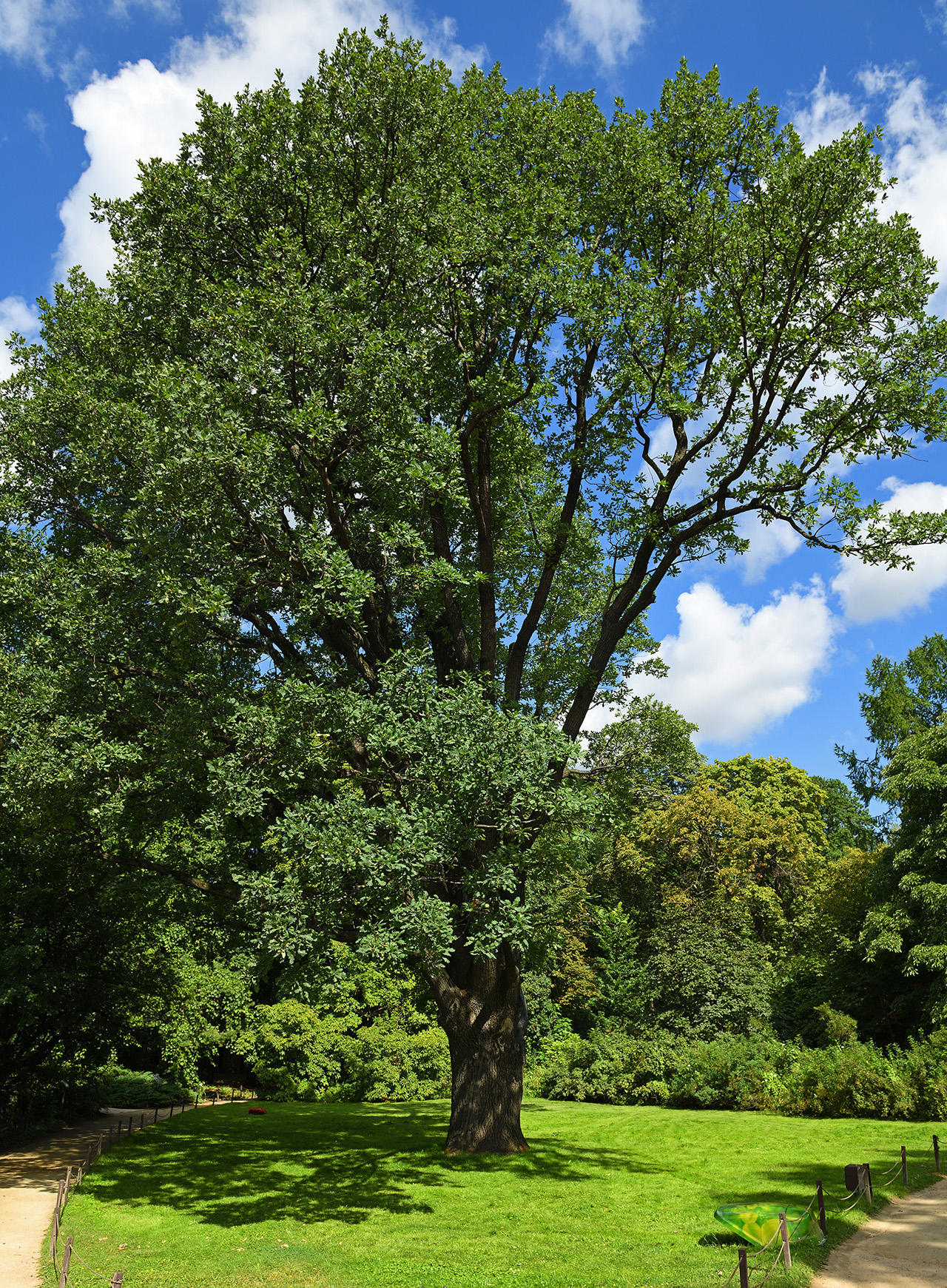
Crack Willow
The Crack Willow is a large tree found spread across the UK, and native to Europe and Western Asia. It is often found growing alongside rivers, lakes and watercourses, and is regularly planted to stabilise banks and dykes.
They can grow to be 25m, and are very short-lived trees of only 30 to 40 years. As its name suggests the trunk of the Crack Willow is often gnarled and cracked, this is because it grows so fast it can split open. Their slender and flexible stems are used to weave baskets and other wicker items.
Like most other species of Willow if a branch comes into contact with the ground, it will take root and grow another tree.
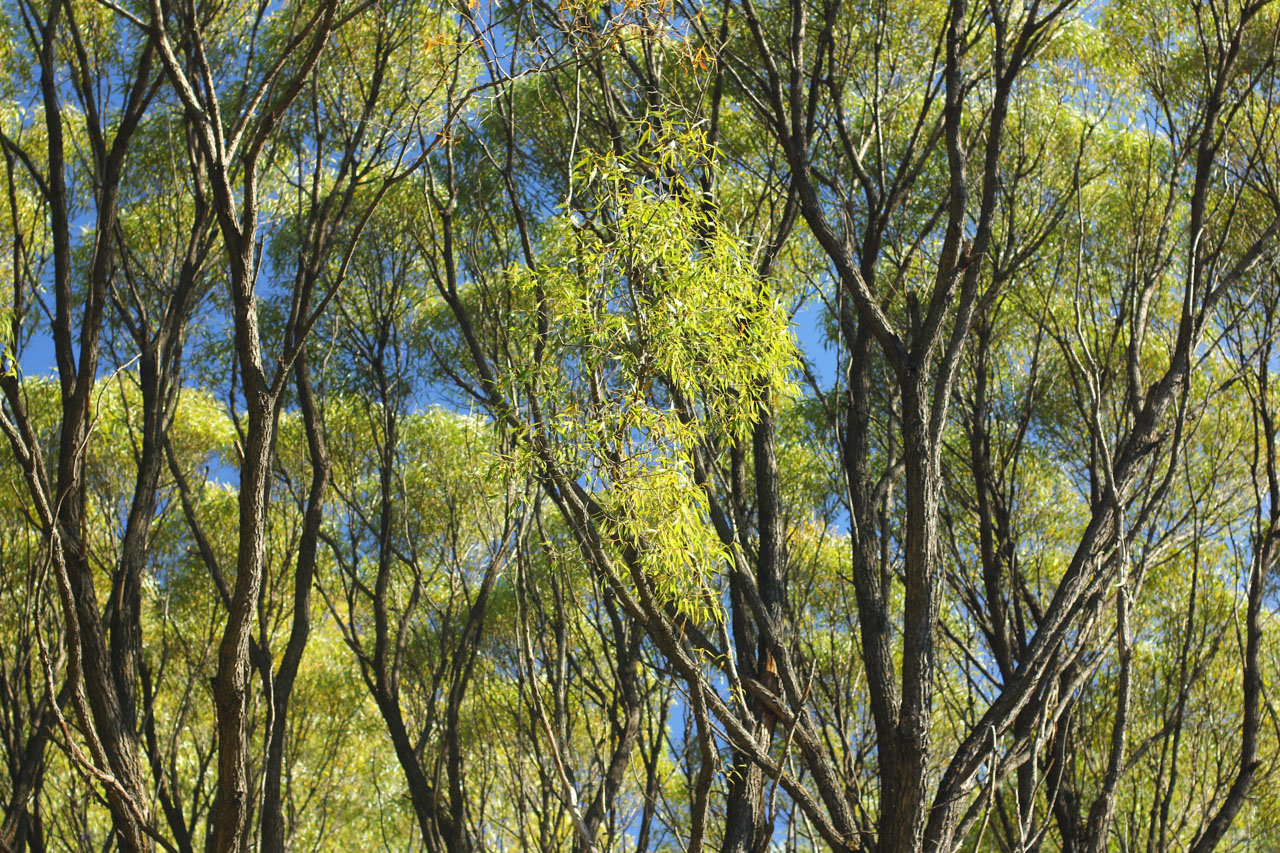
Bugs
There is a large variety of bugs and insects that can be found in the undergrowth and the air. One that can be found in leaf litter and crawling in wood piles is the Violet Ground Beetle (as shown in picture), it can grow to be 3cm, and has a very noticeable blue-purple sheen.
All Ground Beetles are active nocturnal predators which chase and catch smaller invertebrates; they are particularly helpful to gardeners as they prey on many ‘pest’ species, such as slugs. They can often be found resting during the day under logs and stones, and in leaf litter. These beetles cannot fly as they have a fused wing-case to make their carapace stronger. They are usually found in woodlands and meadows and can be found in gardens too.
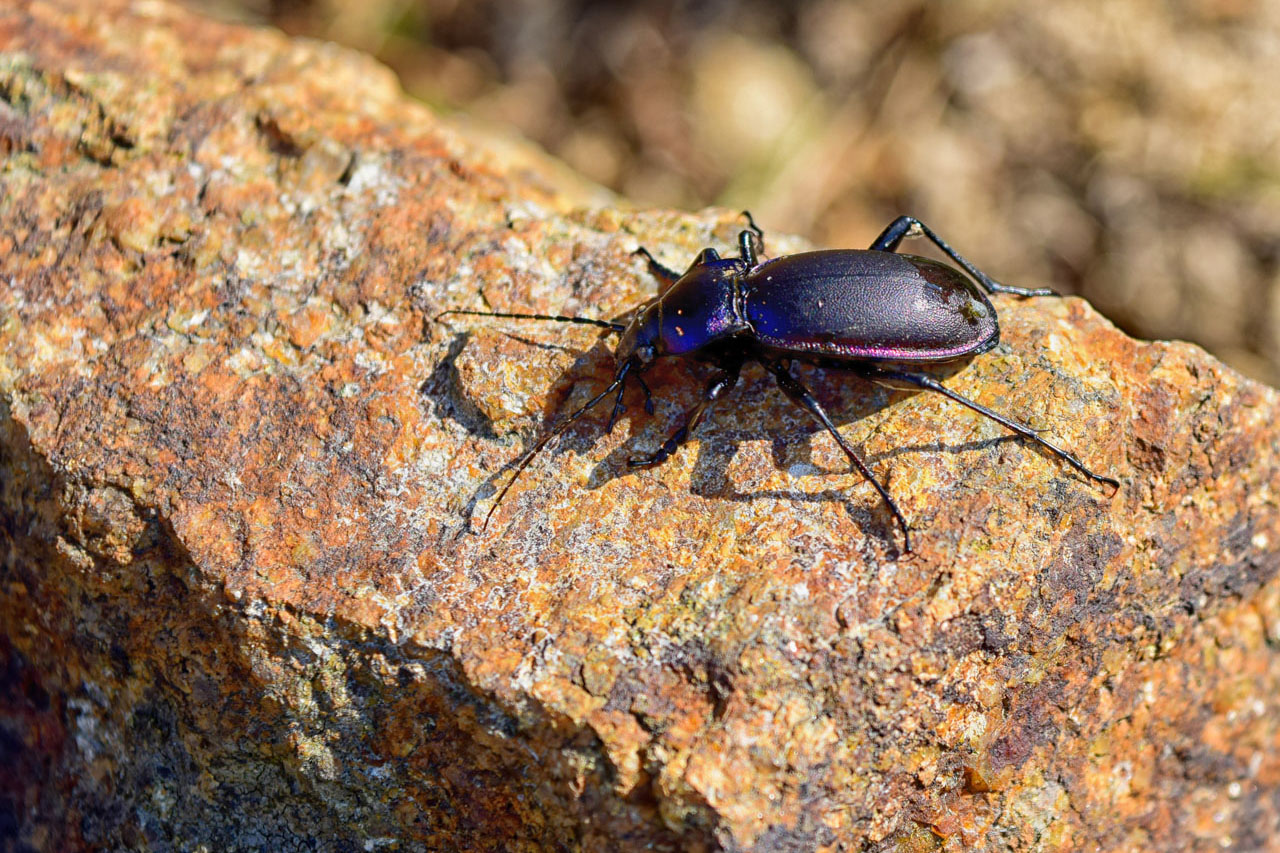
Ladybird
There are about 5,000 different species of ladybirds in the world. They are also known as ladybeetles or ladybugs, and in many cultures are considered good luck. They come in many different colours and patterns, but the most familiar in the UK is the seven-spot ladybird which are red (or sometimes orange) with three spots on each side and one in the middle.
The Ladybird’s bright colours act as an important defence mechanism, warning animals they had best not eat them. Ladybirds lay their eggs in clusters or rows on the underside of a leaf, usually where aphids (their food) have gathered. Larvae, which vary in shape and colour depending on the species, emerge in a few days. Seven-spot Ladybird larvae are long, black and spiky looking with orange or yellow spots – some say they look like small alligators!
When the weather turns colder in autumn, they look for a warm, secluded place to hibernate, such as in rotting logs, under rocks, or even inside houses. They like to group together, to and these hibernating colonies can sometimes contain thousands of Ladybirds.
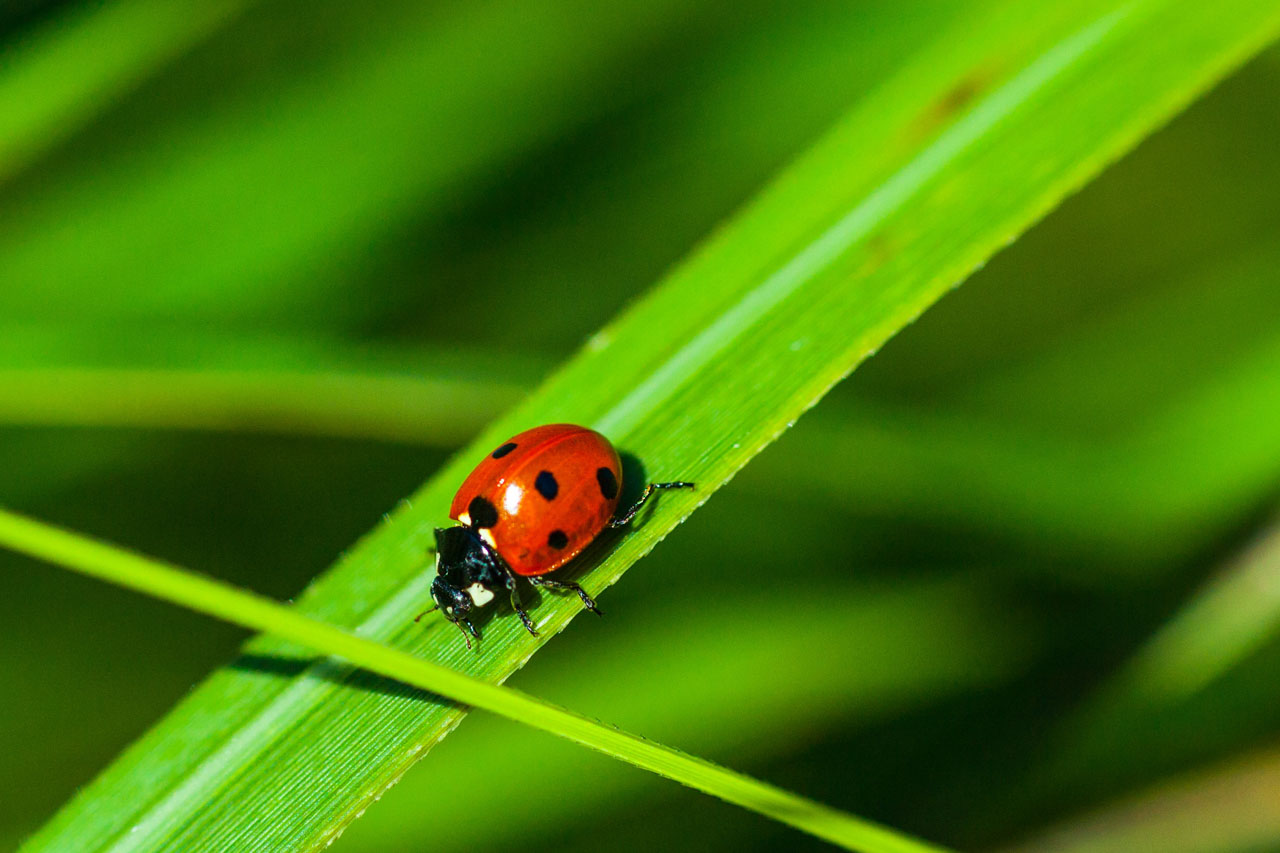
Hawthorn
Hawthorn, also known as Thornapple, is a deciduous tree belonging to the same family as the rose. There are around 200 species and numerous varieties of Hawthorn that can be found in Europe, Asia, Africa and North America.
They can grow in the form of a small tree or a thorny shrub 6 12m in height, and live to be up to 400 years old. Hawthorn produces white flowers with both types of reproductive organs (bisexual flowers). Male parts are easily recognized thanks to pink tipped stamens. Flowers are arranged in clusters composed of up to 16 individual flowers.
When pollinated they will produce a red berry-like, fleshy pome (fruit) also known as haw. It contains 1 to 5 seeds covered with a tough membrane. The fruit is arranged in clusters, and ripens during October and November. A large range of birds and rodents eat the fruit; it is an important food source for them just before winter. This helps the tree distribute the seeds.
For people, the young leaves and flowers are edible, with the flowers often used as decoration for deserts and in floral tea.
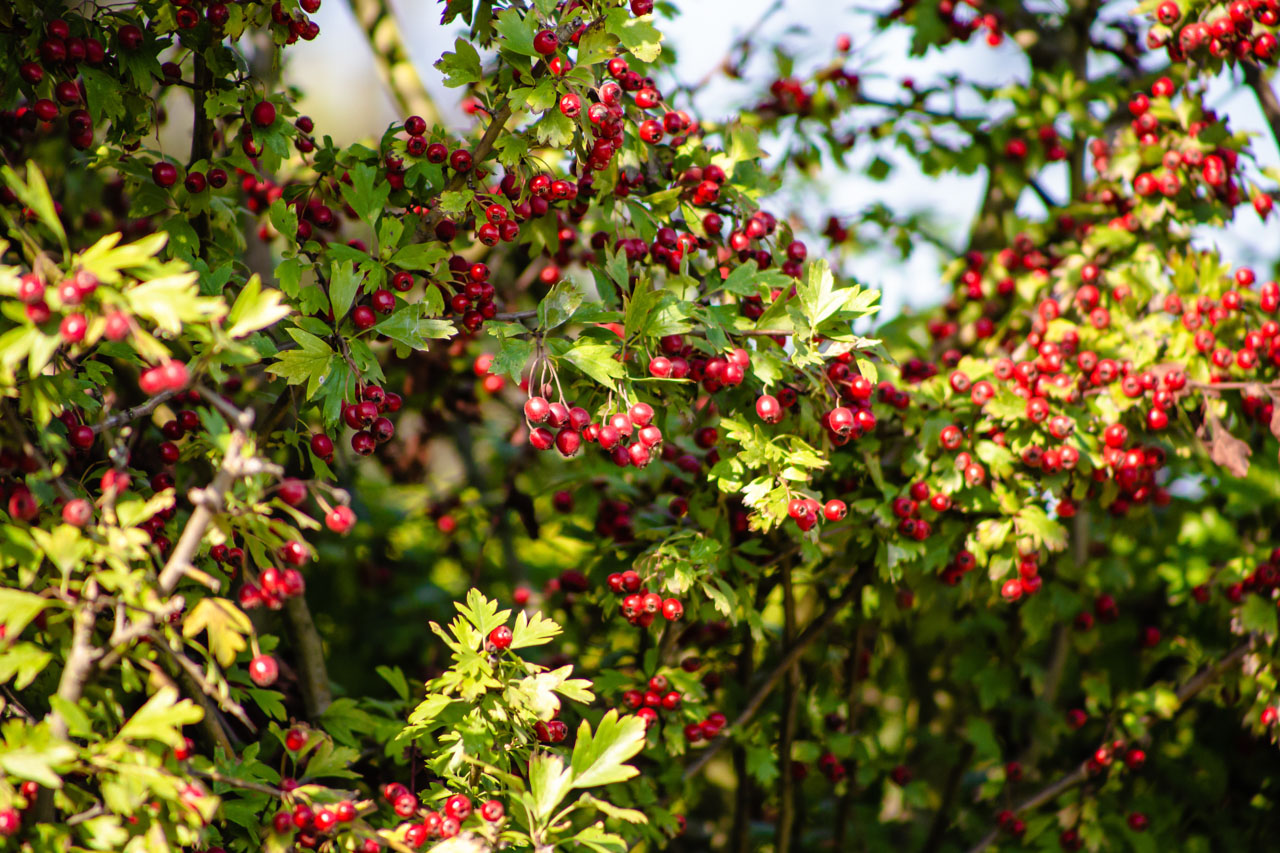
Owl
A species of Owl you may find living in this area is the Tawny Owl. They are by far the most common Owl species in the UK, with an estimated population of 50,000 pairs. They are around the same size as a wood pigeon, with a round head and body.
You may hear a Tawny Owl more easily than you can see it as it makes a classic ‘twit twoo’ call. They are nocturnal, and will live anywhere there are trees as they like to nest in tree holes. They lay eggs at the very end of winter or early spring and will lay between 2 or 3 eggs.
After they hatch the chicks will fledge at around 5 weeks of age. Tawny Owls eat a wide range of food, from small mammals like mice and voles to small birds, insects and even frogs and fish.
